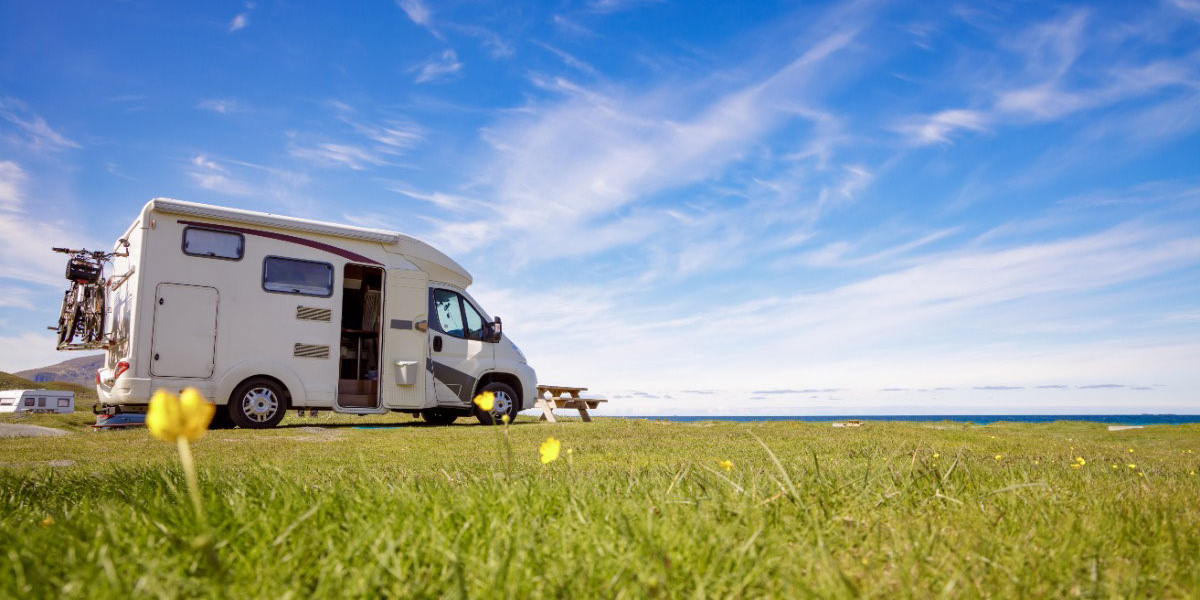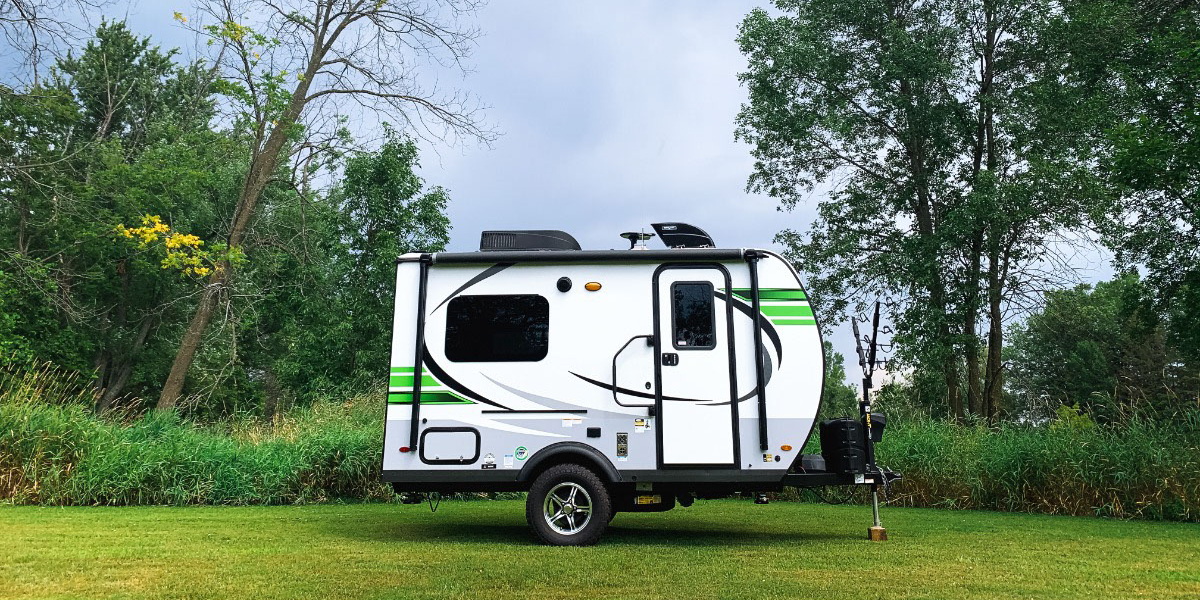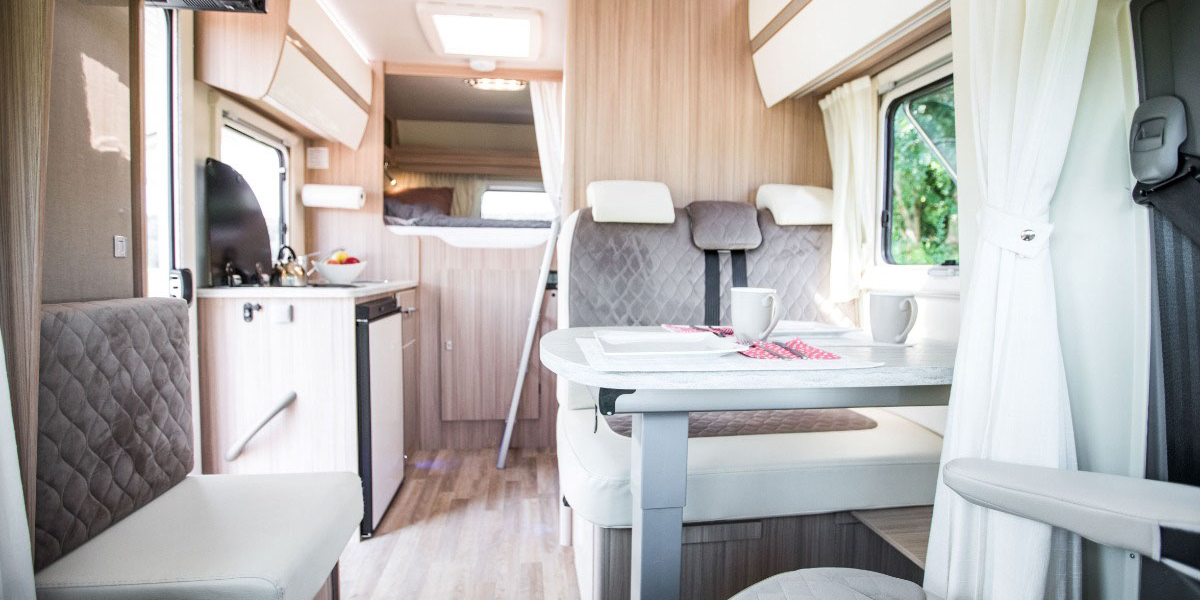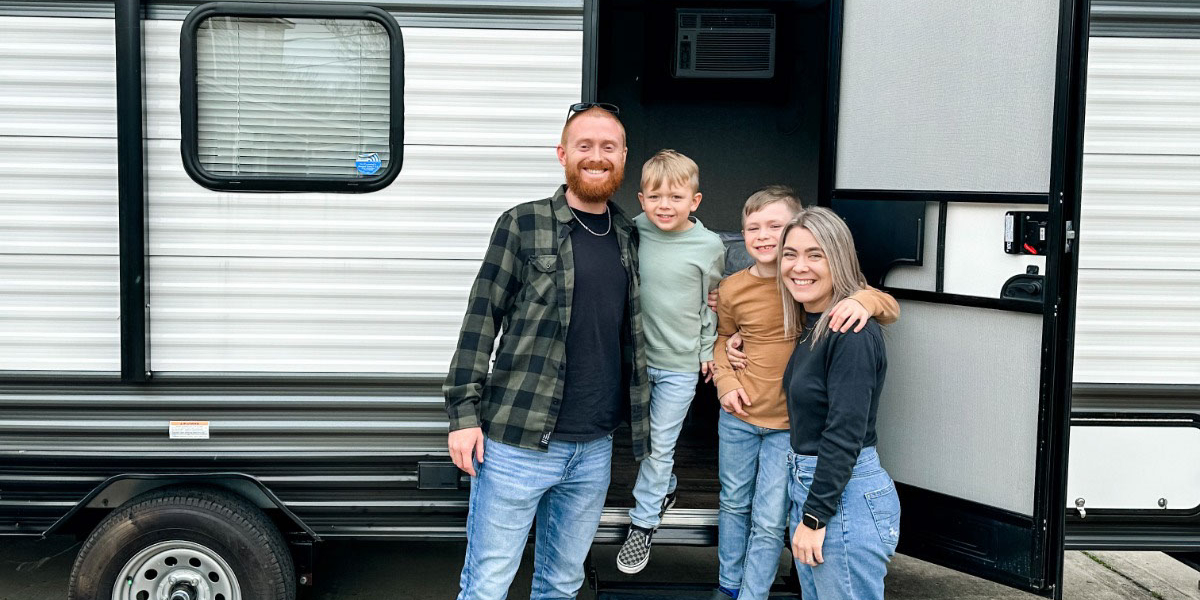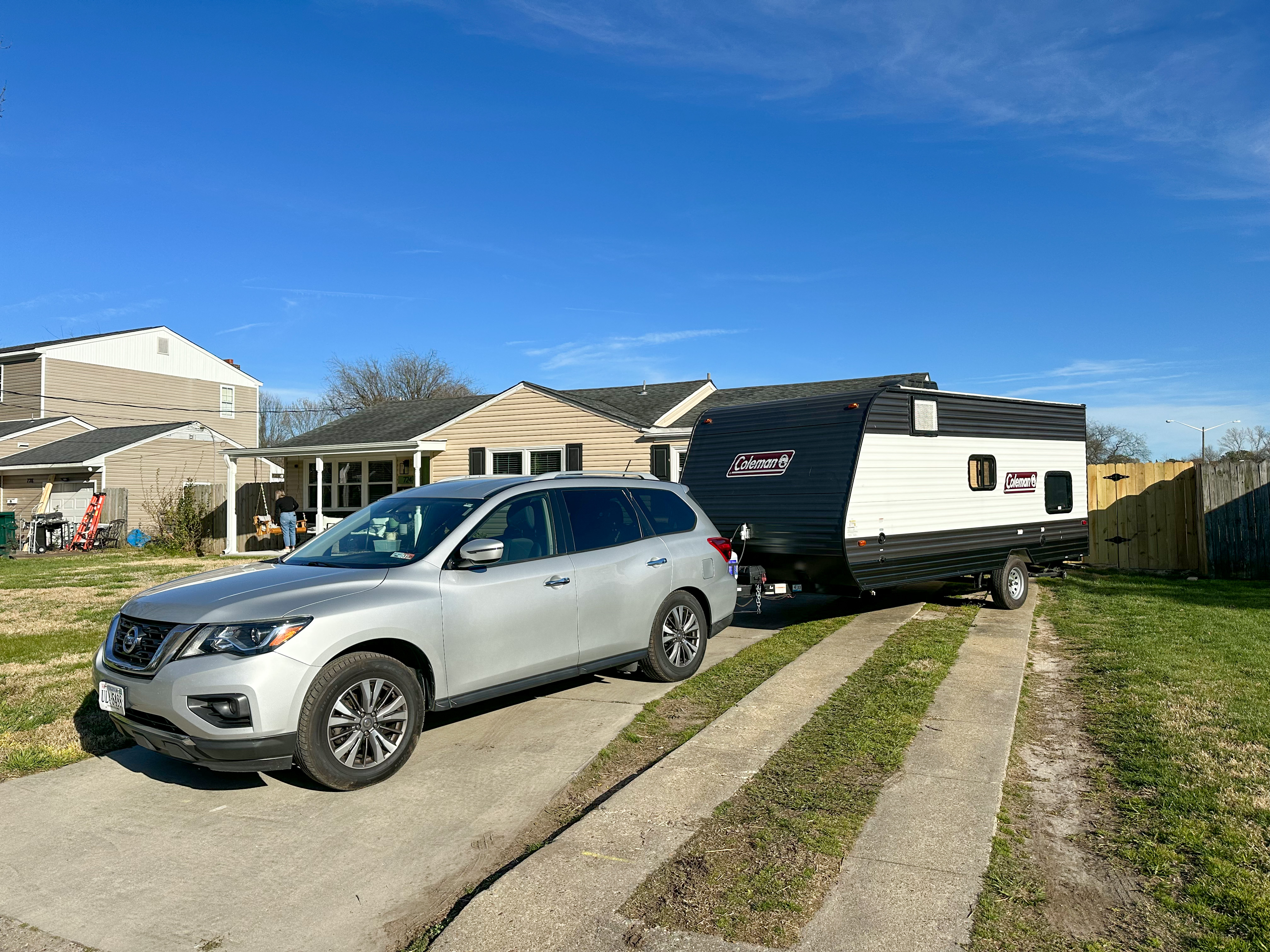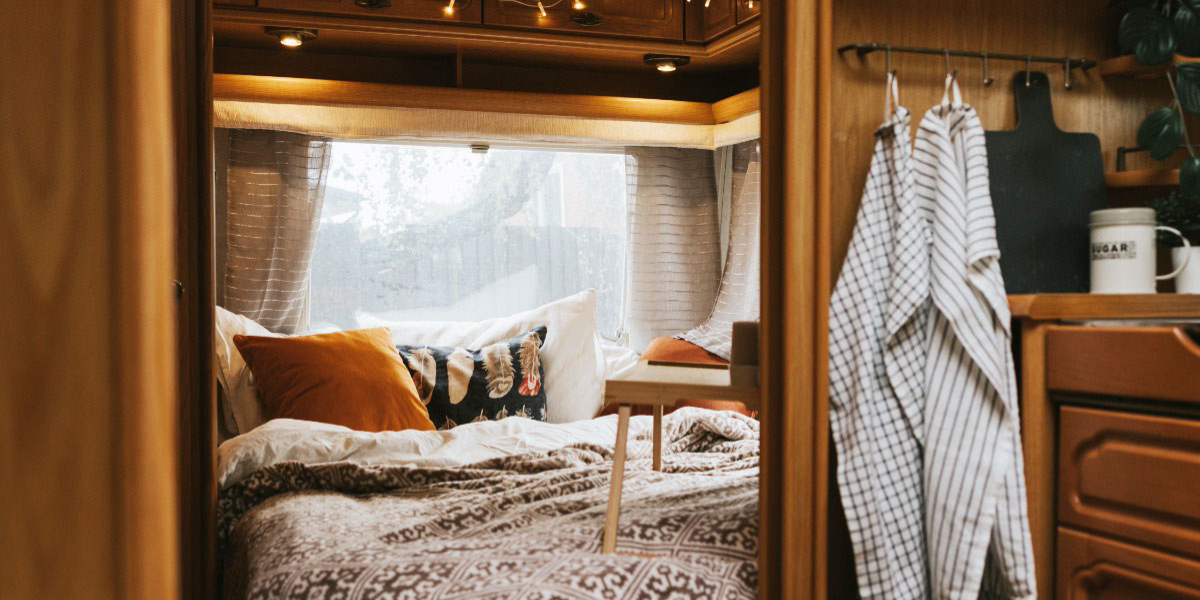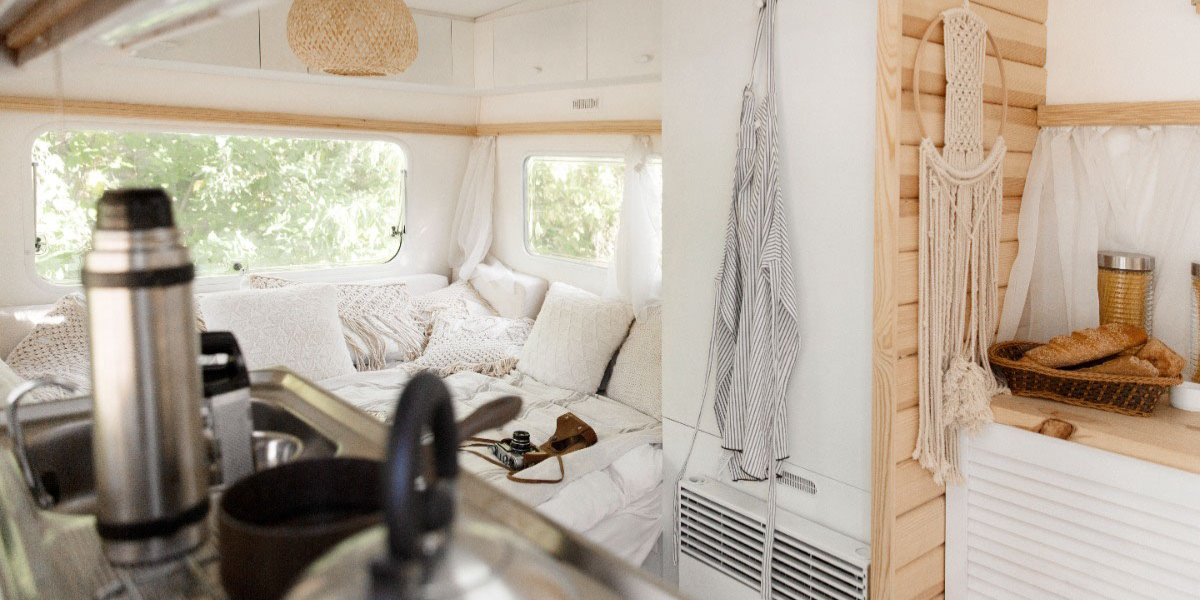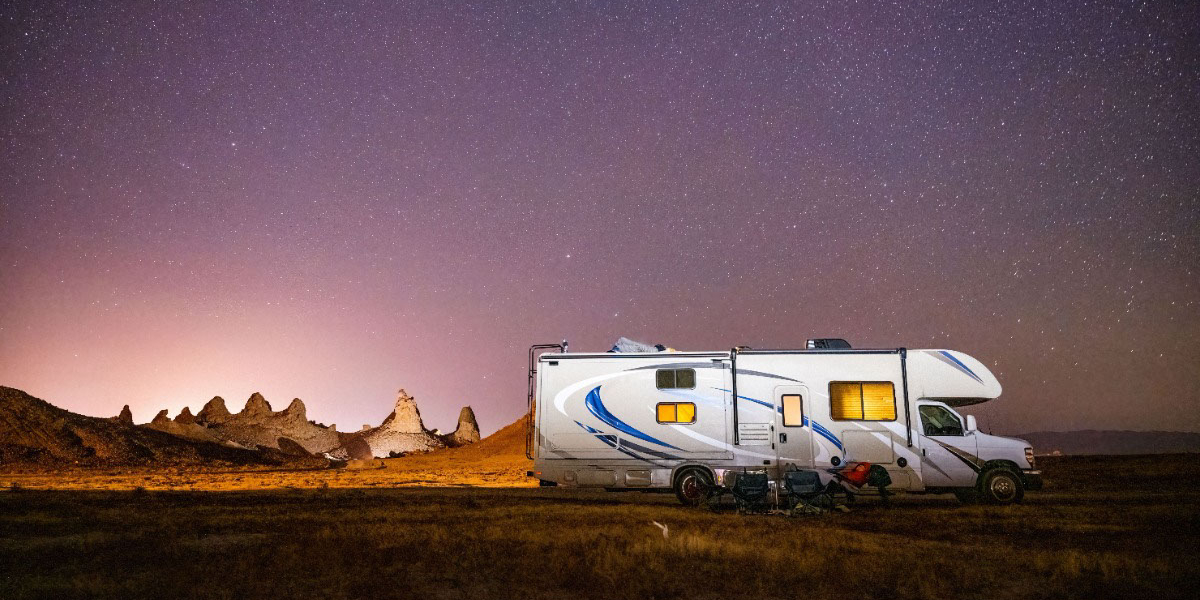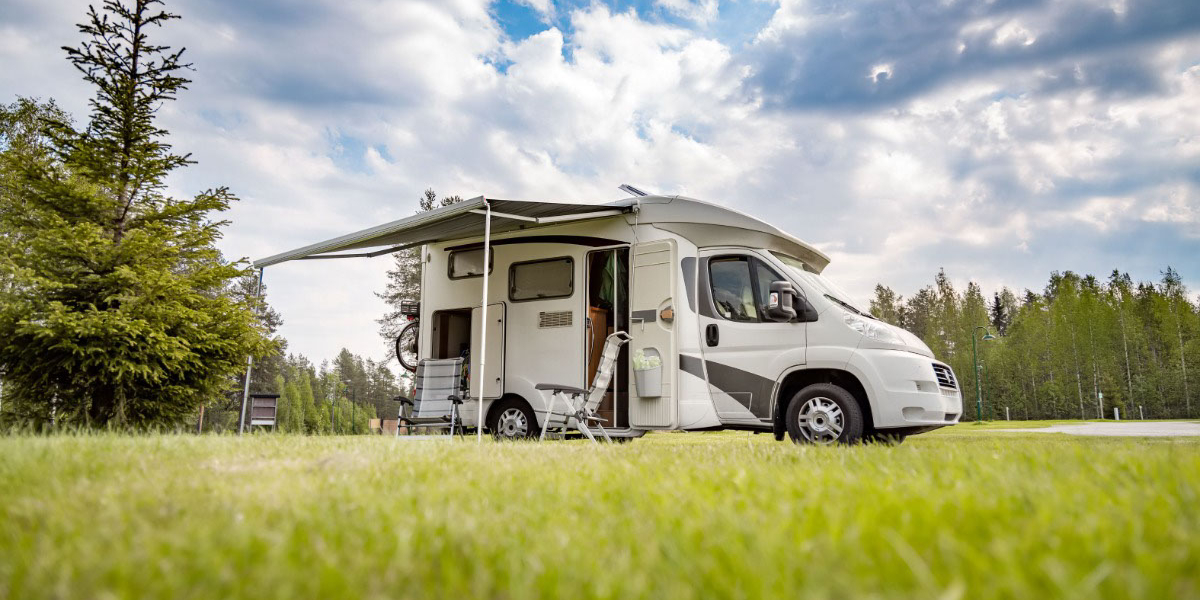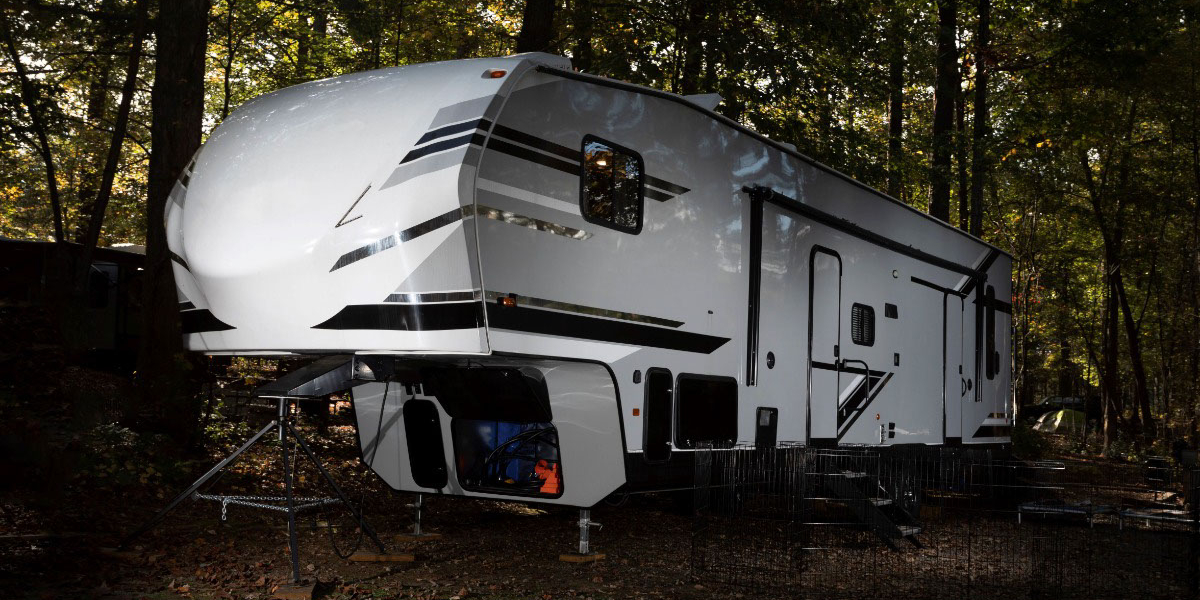There are a lot of different factors that play into the average lifespan of an RV. If you’re looking to buy a used RV and are wondering how many good miles it has left, you should first find out how well the vehicle has been maintained. RVTrader is sharing some helpful insight into the average lifespan of an RV and how you can make an educated purchase decision moving forward.
New vs. Used
Buying a new or used RV is likely one of the largest purchases you will ever make, so you want to make sure you’re getting your money’s worth. Ultimately, the average lifespan of an RV is thought to be around 20 years (or 200,000 miles). A used RV that has been well maintained by the previous owner should still last through its 20th total year of life, although maintenance costs may start to rise after 10 or 15 years.
Mileage versus age is also subjective. A full-time RVer will undoubtedly put more miles on the vehicle per month than a semi-regular weekend warrior, which means a newer vehicle could potentially have a lot of miles on it.
Average Cost Per Year
If you do the math, a used RV is still a great investment. For example, let’s say you buy a 2023 motorhome that costs around $300,000. If it lasts for a 20 year lifespan, that means you paid around $15,000 for each year of service. However, if you buy a 2016 camper for $90,000 and it lasts through its 20th total year of life, that means you paid around $7,000 for each year of service during the 13 years you owned it.
If you are new to RVing, buying used also gives you the option to wade slowly into RV life. You can start with a smaller Class C RV, then trade it in down the line for a new Class A RV if you enjoy the lifestyle. If you sell while the vehicle still has appreciable value, you’ll be getting into a newer, larger model, as well as upgrading to all of the latest technologies that improve the comfort, safety, and drivability of today’s rigs.
RV vs. Travel Trailer
Class A, B, and C vehicles are all self-contained, meaning they’re built on a vehicle (truck or bus) chassis. That means the lifespan of the RV is most likely going to depend on the moving parts of the vehicle itself, including the engine, electrical system, and drivetrain, which is why routine maintenance is so important. The fuel type will also play a role, since diesel engines tend to last a bit longer than gas engines, meaning you could squeeze an additional 5 to 10 years out of your motor.
But when considering the lifespan of a travel trailer or fifth wheel, most of the moving parts are provided by the tow vehicle. In essence, that means you can likely get a lot more life out of the trailer itself, even long after you’ve traded in the first tow vehicle for a newer model. In essence, a travel trailer or fifth wheel that is well maintained could potentially last a very long time, as long as the axles and tires are properly serviced along the way.
Maintenance is Key
New or used, the key to prolonging the life or resale value of your RV is to treat it well along the way. That means following the vehicle’s owner’s manual on routine maintenance items. This includes oil and filter changes, fluid checks, coolant flush and fills, checking tire pressure, rotating and replacing tires as needed, checking the battery, and more.
For all vehicles, essential upkeep includes applying lubricant to slide-outs, applying UV protectant spray to weather sealing around windows, using recommended black water tank and line chemicals to keep the lines protected, emptying the black water tank when three-quarters full, wiping down the shower and bath after use to safeguard against mold and mildew, and washing/waxing your unit regularly to protect the exterior.
If you don’t use your motorhome or trailer for long periods of time, make sure to follow recommended suggestions for winterizing your RV. This includes emptying water storage tanks during the cold months, adding antifreeze to all tanks, lines, and pipes after they are fully drained, and protecting your RV from the elements. Also, don’t forget that if tires sit for long periods of time, dry rot can set in. Be sure to have a licensed mechanic inspect your vehicle annually, especially if you’re getting ready for a long trip. This way, any potential issues can be addressed before they become major problems out on the road.
If you’re ready to start searching for a new or used RV, check out our nationwide inventory at RVTrader.com.
By Barrett Baker
